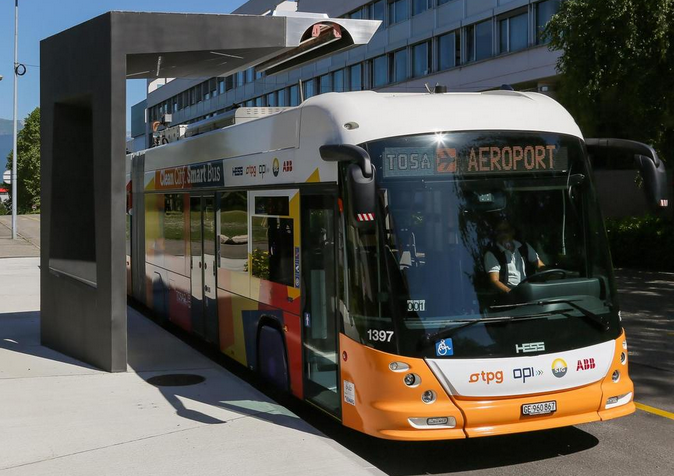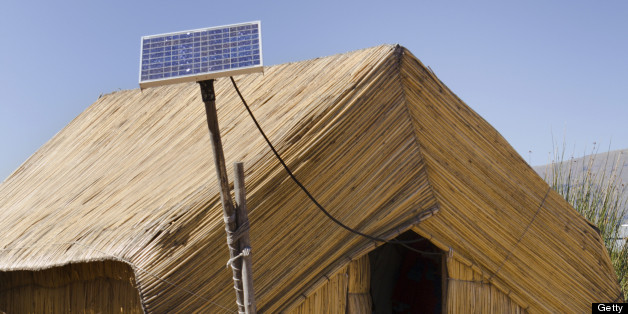 Fast charging for EV’s mean a lot for people. In fact, the issue of battery charging time may perhaps be one of the key reasons why adoption of EV’s are still generally slow, even when there are already EV’s out there capable of breaking one’s “range anxiety”. But charging doesn’t always have to mean getting it from zero to full.
Fast charging for EV’s mean a lot for people. In fact, the issue of battery charging time may perhaps be one of the key reasons why adoption of EV’s are still generally slow, even when there are already EV’s out there capable of breaking one’s “range anxiety”. But charging doesn’t always have to mean getting it from zero to full.
The name for a new upcoming electric bus system in Geneva, Switzerland is called the Trolleybus Optimization System. This bus system holds the objective of demonstrating the practical and strategic benefits of its own quick charge system. While most quick charging systems opt to charge a significant portion of the EV’s battery in around 20-30 minutes, their systems only takes seconds, 15 seconds to be exact to charge the battery as the electric bus halts at a bus stop to get passengers on or off the vehicle. An extended, but still short charging time of about 3 to 4 minutes would be done as the bus finishes an entire run (before doing another one).
As you may have already realized, a full charge for such quick charging time for current batteries is impossible. The idea is to charge them, or to “top them off”, as they get from one bus stop/charging station to the next, without disrupting its normal routine, while still providing more than enough charge to finish the entire run. This is made possible by the “flash” charge of the TOSA system, which has an energy rate of 400 kW. Charging is performed using a laser-controlled arm at the top of the bus, which is automatically guided to connect properly to an overhanging charging station. Even though such charging system might look like it would put a huge strain on a battery’s charge cycle limits, the project claims that the batteries used in these buses are expected to last for at least 10 years.
The system is currently implemented on a very short test scale, on a single-mile route between Geneva’s local airport and its international exhibition center. The electric bus used is 19 meters long and can hold about 135 passengers. During the test period, aside from evaluating the actual positive benefits of the system, they would also concentrate on the potential problems that might arise from such system.
Eventually though, they would work out all of the things needed to better improve the system as it gets implemented on a larger scale (in the near future). Ideally, when the TOSA system does become complete, it would perhaps be best used in its maximized efficiency in urban areas where heavy congestion is frequent.
Finally, it’s good to note that the entire system is described as 100% emission free, because putting the electric buses aside, the energy used by the charging stations are actually generated using hydropower.





Leave a Comment